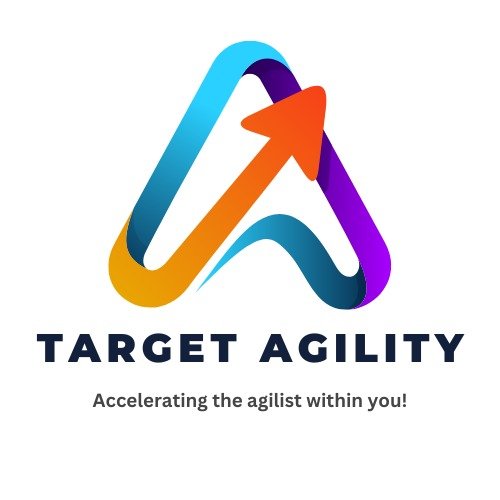Scrum is a popular way for teams to work together on projects, especially when things can get complicated. Originally created for software development, it’s now used in many fields like marketing, design, and even construction. Scrum helps teams work faster, stay organized, and deliver results step by step.
The name “Scrum” comes from rugby, where players huddle together to move the ball forward. In the same way, Scrum teams collaborate closely to reach their goals.
How Does Scrum Work?
Scrum breaks big projects into smaller tasks that can be done in short periods of time, called Sprints. This helps teams stay focused and adjust quickly when things change.
Key Ideas of Scrum
- Transparency: Everyone on the team knows what’s happening, so there are no surprises.
- Inspection: Teams regularly check their progress to spot any problems early.
- Adaptation: If something isn’t working, the team changes it to improve.
Scrum Roles: Who Does What?
- Product Owner: This person decides what the team should work on and in what order. They make sure the work being done adds the most value.
- Scrum Master: Like a coach, they help the team follow Scrum rules, solve problems, and stay focused.
- Development Team: These are the people doing the actual work—building, designing, testing, etc. They work together to finish tasks during each Sprint.
Scrum Tools (Artifacts)
- Product Backlog: A big to-do list of everything the team needs to do for the project. Tasks are ordered by priority.
- Sprint Backlog: A smaller to-do list taken from the Product Backlog. It includes tasks the team plans to complete in one Sprint.
- Increment: The result of the Sprint—a working part of the project that’s ready to use or show, even if it’s not the final product.
Scrum Meetings (Events)
- Sprint: A short time period (usually 1–4 weeks) where the team works on specific tasks. At the end, they deliver a finished piece of work.
- Sprint Planning: Before a Sprint starts, the team decides what they’ll work on and how they’ll do it.
- Daily Scrum: A quick, 15-minute meeting every day to check in, discuss progress, and tackle any issues.
- Sprint Review: At the end of the Sprint, the team shows their work to stakeholders and gets feedback.
- Sprint Retrospective: A meeting to reflect on what went well and what could be improved for the next Sprint.
Why Use Scrum?
- Flexible: Teams can quickly adapt when priorities change.
- Faster Results: Teams deliver small, working pieces of the project more often.
- Better Teamwork: Regular communication keeps everyone on the same page.
- Continuous Improvement: Teams constantly learn and improve with each Sprint.
Conclusion
Scrum is a simple yet powerful way for teams to work together, especially on complex projects. By breaking work into smaller chunks, staying in constant communication, and adapting when needed, teams can deliver better results faster. Whether you’re in software, marketing, or any other industry, Scrum can help your team stay organized and successful.











